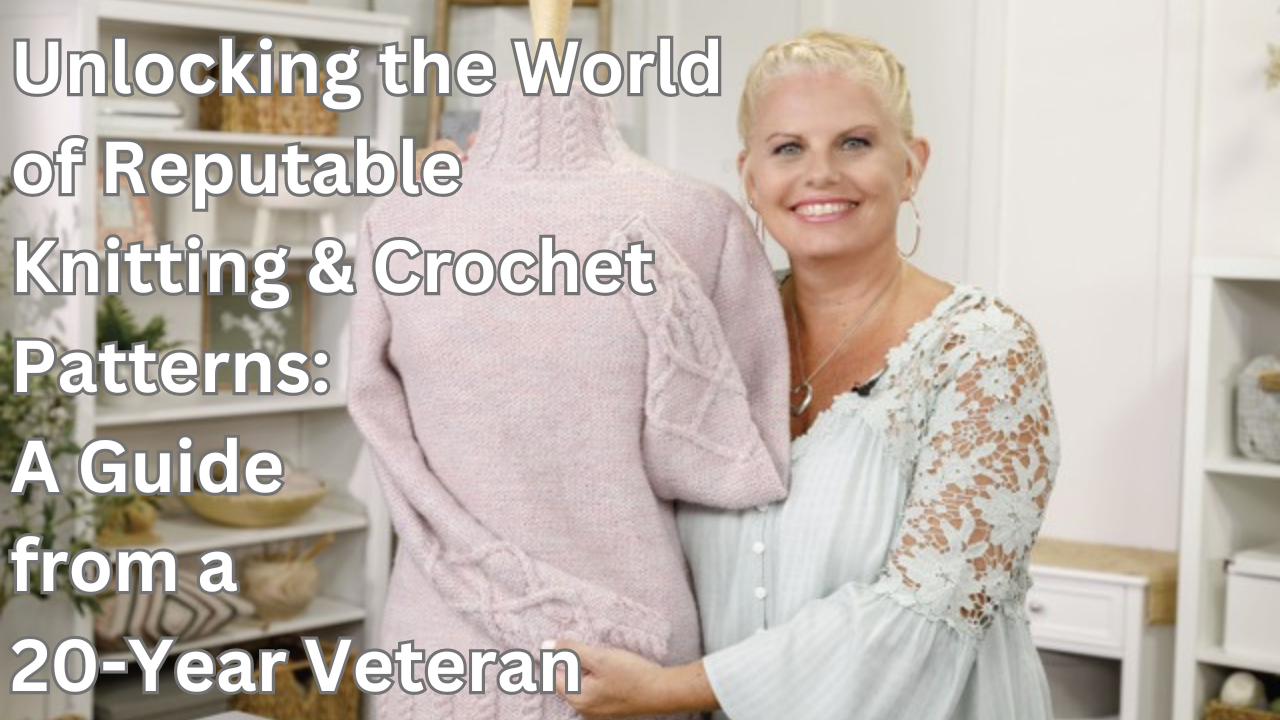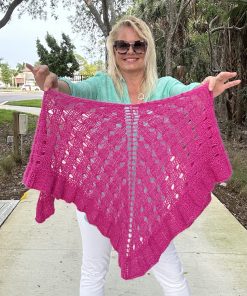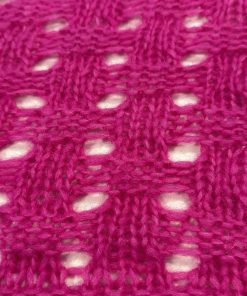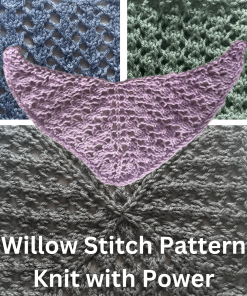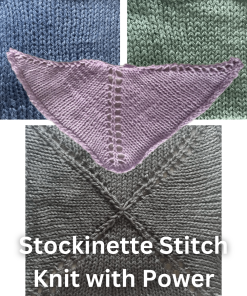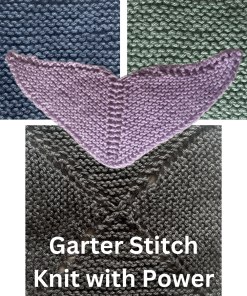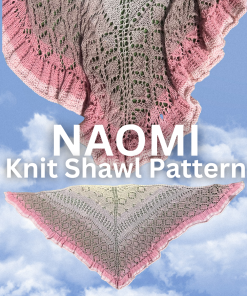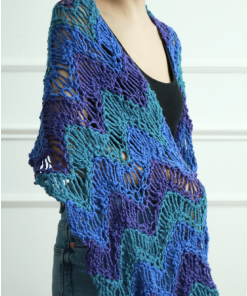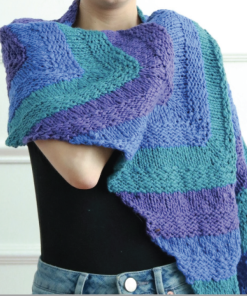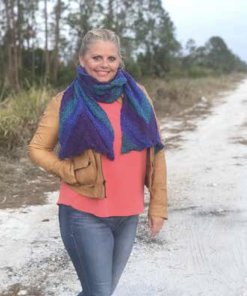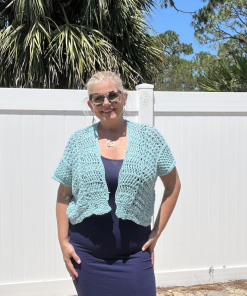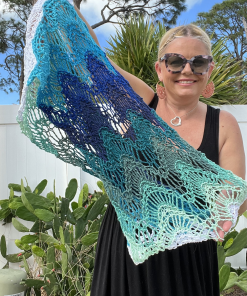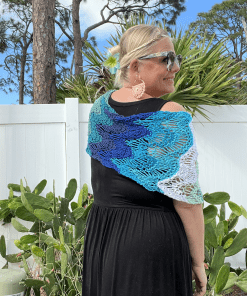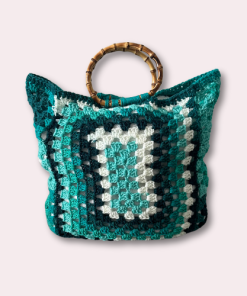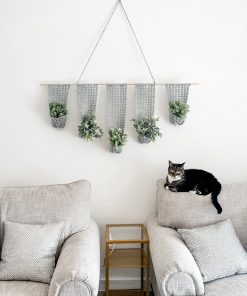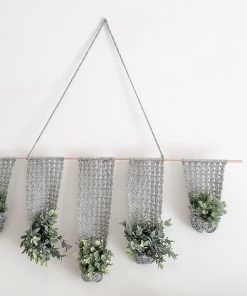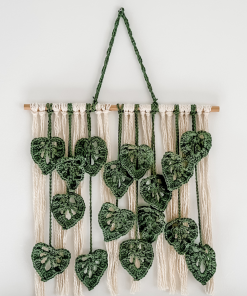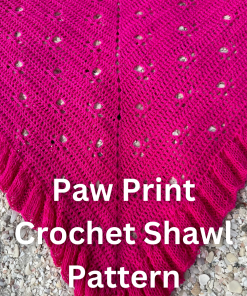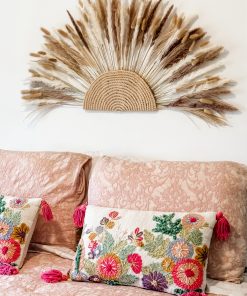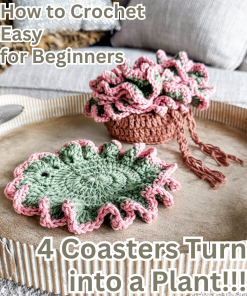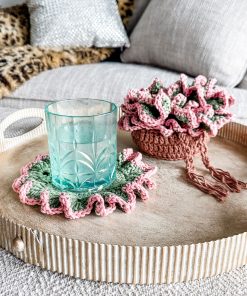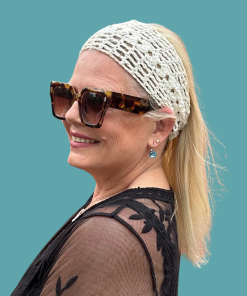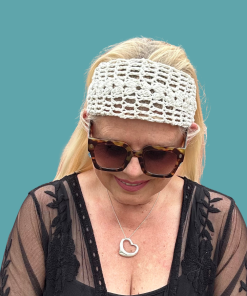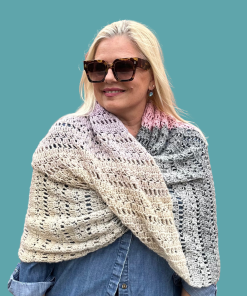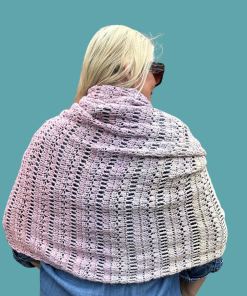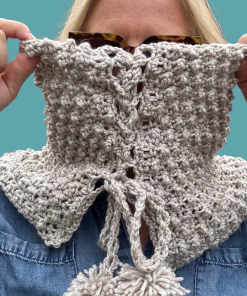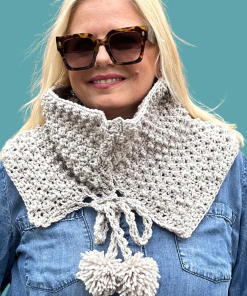Blog
Unlocking the World of Reputable Knitting and Crochet Patterns: A Guide from a 20-Year Veteran
Unlocking the World of Reputable Knitting and Crochet Patterns: A Guide from a 20-Year Veteran
In the vast universe of knitting and crochet, finding reliable patterns is crucial to the success of your projects. With the abundance of options available online, it’s easy to feel overwhelmed. Fear not! In this blog post, I’ll share insights gained from my two-decade-long journey as a knit and crochet designer, author, TV personality, and YouTube producer. Let’s explore the key factors to consider when seeking reputable, legitimate, professional, and helpful knitting and crochet patterns.
Browse Kristin Omdahl knitting patterns here:
Browse Kristin Omdahl crochet patterns here:
#2 Sport Weight Yarn
Paw Print Triangular Shawl Crochet Tutorial | Top Down Increasing Pattern
#4 Worsted Weight Yarn
Noa Stylish Convertible Crochet Cowl -Ad-Free PDF Crochet Pattern
- Look for Established Designers:Seek patterns from well-known designers with a track record of producing quality work. After 20 years in the industry, I’ve learned that experienced designers often offer meticulous and tested patterns. Check for designers who have authored books, created numerous patterns, and have a strong online presence.
- Check Reviews and Testimonials:Don’t underestimate the power of community feedback. Before making a purchase, read reviews and testimonials from fellow crafters who have tried the patterns. This can provide valuable insights into the clarity of instructions, the accuracy of the designs, and the overall satisfaction of those who have embarked on similar projects.
- Explore Professional Platforms:Reputable designers often choose professional platforms to showcase and sell their patterns. Websites like Ravelry, Etsy, Amazon, and LoveCrafts have become hubs for skilled designers. These platforms not only offer a wide array of patterns but also provide a secure and organized space for transactions.
- Evaluate Pattern Presentation:A well-crafted pattern goes beyond the instructions; it includes clear visuals, charts, and additional tips. Look for patterns that offer comprehensive materials lists, step-by-step instructions, and high-quality images. A professional presentation indicates that the designer has invested time and effort into creating a user-friendly experience.Learn how to read crochet chartshttps://www.kristinomdahl.com/how-to-read-crochet-charts-by-kristin/
- Consider Pattern Complexity:Choose patterns that match your skill level. A reputable designer will offer patterns ranging from beginner to advanced, ensuring that crafters of all levels can find projects suited to their abilities. This not only helps you grow as a crafter but also ensures a positive and successful crafting experience.
- Engage with the Crafting Community:Active engagement in the knitting and crochet community can be immensely beneficial. Follow your favorite designers on social media, participate in forums, and join online groups dedicated to these crafts. This not only keeps you informed about the latest patterns but also fosters a sense of community and support.
7. Utilize Tutorials and Video Resources:
A designer who goes the extra mile to create tutorial videos demonstrates a commitment to helping crafters succeed. As a 10-year TV personality on PBS and a YouTube producer of tutorial videos, I understand the importance of visual aids. Choose patterns accompanied by video tutorials for a more comprehensive learning experience.
Browse thousands of tutorial videos on my award winning YouTube Channel here.
How to Detect Fake Patterns (AI-generated):
- Inconsistent or Unnatural Language: One of the telltale signs of AI-generated patterns is the use of inconsistent or unnatural language. Look out for patterns with descriptions or instructions that sound awkward, lack a human touch, or use terminology uncommon in the crafting community.
- Generic Photos with Watermarks: Be wary of patterns accompanied by generic or watermarked photos. AI-generated patterns often utilize images that may seem appealing but lack the authenticity and uniqueness characteristic of genuine handmade projects. Reverse image searches can help uncover the origin of these pictures.
- Unrealistic Complexity or Impractical Designs: AI-generated patterns might present designs that are overly complex or impractical, lacking the nuanced understanding of crafters’ capabilities. If a pattern seems too good to be true or includes elements that defy the laws of physics for yarn and needles, it’s worth approaching with skepticism.
- Limited Designer Information: Genuine pattern designers are proud of their work and provide comprehensive information about themselves. Be cautious if the pattern lacks details about the designer’s background, experience, or any personal touch. Legitimate designers often have a strong online presence with portfolios and social media profiles.
- Excessive Repetition or Incoherence: AI-generated content may exhibit excessive repetition or incoherence in instructions, indicating a lack of genuine crafting expertise. Watch for patterns with redundant phrases, inconsistent terminology, or steps that seem disconnected, as these are common red flags.
- Check for Reviews and Community Feedback: Before committing to a pattern, always seek out reviews and community feedback. AI-generated patterns may lack the real-life testing and feedback that genuine patterns receive. If a pattern has little to no reviews or appears only on obscure platforms, exercise caution.
- Use Trusted Platforms and Designers: Stick to well-established platforms and reputable designers. Genuine designers often choose professional platforms like Ravelry, Etsy, or LoveCrafts to showcase their work. If a pattern is only available on a suspicious website or lacks a clear association with a known designer, it might be a red flag.
- Explore Social Media and Crafting Communities: Engage with the crafting community on social media and forums. Legitimate designers and their patterns often have a visible presence in these spaces. If a pattern lacks any social proof or discussion within the crafting community, it could be an indicator of its dubious origins.
Even the above mentioned legitimate websites (Ravelry, Etsy, Amazon, LoveCrafts) are reported to sell this type of pattern sometimes. Stay vigilant and trust your instincts when it comes to selecting knitting and crochet patterns. By being aware of these warning signs, you can better navigate the digital landscape and ensure that your crafting experience is both enjoyable and authentic.
In the ever-expanding world of knitting and crochet, finding reliable patterns is a skill worth mastering. With the tips shared from my 20 years of experience as a knit and crochet designer, author, TV personality, and YouTube producer, you are now equipped to explore the vast landscape of patterns with confidence. if you have any questions, leave a comment below. And share this article with any friends who may find this advice helpful. Happy crafting!
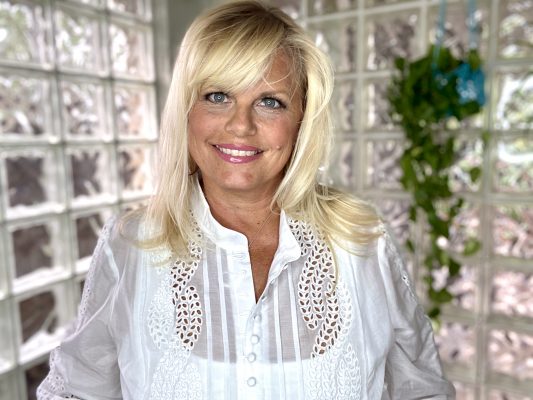 Kristin Omdahl patterns, books, handouts and videos are for your personal use only; additionally, up to 10 items can be made to sell from one design. Commercially produced products made from my instructions are prohibited. All Kristin Omdahl patterns, books, handouts and videos are licensed for single use and remain the intellectual property of Kristin Omdahl. This pattern may not be reproduced or transmitted in any form or by any means, electronic, mechanical, photocopying, recording or otherwise.
Kristin Omdahl patterns, books, handouts and videos are for your personal use only; additionally, up to 10 items can be made to sell from one design. Commercially produced products made from my instructions are prohibited. All Kristin Omdahl patterns, books, handouts and videos are licensed for single use and remain the intellectual property of Kristin Omdahl. This pattern may not be reproduced or transmitted in any form or by any means, electronic, mechanical, photocopying, recording or otherwise.
©Copyright 2024 All Rights Reserved
- Shop Kristin Omdahl Crochet Patterns
- Shop Kristin Omdahl Knitting Patterns
- Shop Kristin Omdahl Books
- Shop Kristin Omdahl Courses
- Browse Kristin Omdahl Videos
- Subscribe to my newsletter here
How Do I Download My Pattern or eBook?
Once payment is received, you will receive an email containing a download link button for the PDF pattern. If you do not receive your email immediately, please check your spam filters. If you are logged into your account at the time of purchase, you will also have 24/7 access and unlimited downloads to your pattern in your downloads library in your account section of the Kristin Omdahl website. All patterns are written in standard US terms. NO refunds on digital products.

